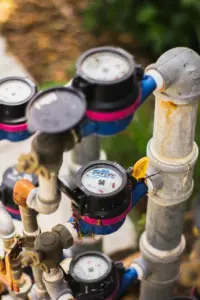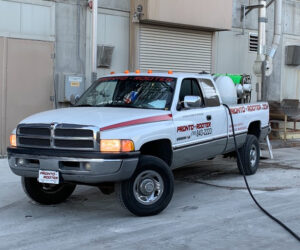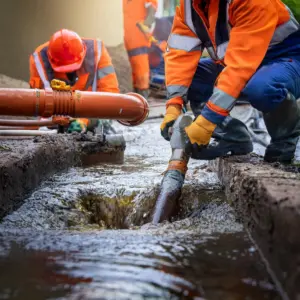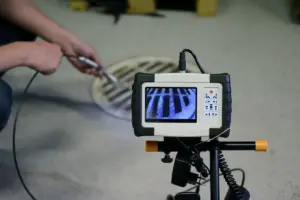DIY plumbing projects can be a great way to save money and gain a sense of accomplishment. However, many homeowners make common mistakes that can lead to bigger problems down the road. To help you avoid these pitfalls, we’ve compiled a list of the top 5 DIY plumbing mistakes and how you can steer clear of them.
1. Over-tightening Plumbing Connections
The Mistake: One of the most common DIY plumbing errors is over-tightening connections. In an effort to ensure a leak-proof seal, many people tighten fittings and connections too much. This can damage the threads, crack the pipes, or cause leaks.
How to Avoid It: Use the appropriate tools and tighten connections just enough to create a snug fit. If you’re unsure about the right amount of pressure, consult the manufacturer’s instructions or seek professional advice.
2. Using Chemical Drain Cleaners Incorrectly
The Mistake: Chemical drain cleaners are often used to clear clogs, but they can be highly corrosive and damaging to pipes if not used properly. Overuse or improper application can lead to pipe damage, leaks, or even hazardous fumes.
How to Avoid It: Instead of relying on harsh chemicals, consider using a plunger or a drain snake for minor clogs. For persistent problems, it’s best to call a professional plumber who can address the issue safely and effectively.
3. Ignoring Pipe Insulation
The Mistake: Many DIYers overlook the importance of insulating pipes, especially in areas prone to freezing. Uninsulated pipes can burst in cold weather, leading to costly repairs and water damage.
How to Avoid It: Properly insulate pipes in unheated areas such as basements, attics, and crawl spaces. Use pipe insulation sleeves or heat tape to protect vulnerable pipes from freezing temperatures.
4. Improperly Installing Fixtures
The Mistake: Installing faucets, toilets, or other fixtures without following proper procedures can result in leaks, poor performance, or damage. Incorrect installation can also lead to expensive repairs and potential code violations.
How to Avoid It: Follow the manufacturer’s installation instructions carefully and ensure that you have the necessary tools and skills before starting the project. If you’re unsure about the installation process, it’s wise to consult with a professional plumber.
5. Neglecting to Turn Off the Water Supply
The Mistake: Forgetting to turn off the water supply before starting a plumbing project is a common oversight. This can lead to messy leaks, water damage, and a potentially dangerous situation.
How to Avoid It: Always turn off the main water supply before beginning any plumbing work. Make sure to also drain the pipes by opening the faucets to ensure that no water is left in the system.
Tips for a Successful DIY Plumbing Project
- Plan Ahead: Before starting any plumbing project, take the time to plan and gather all necessary tools and materials. A well-thought-out plan can prevent mistakes and make the project run more smoothly.
- Do Your Research: Invest time in researching the proper techniques and best practices for your specific plumbing task. Many resources are available online, including tutorials and instructional videos.
- Know When to Call a Professional: Some plumbing issues are best left to the experts. If you’re dealing with complex problems, large-scale repairs, or if you’re unsure about your ability to complete the project, don’t hesitate to call a professional plumber.
Get Professional Help from Pronto-Rooter
If you’ve encountered a plumbing issue that seems beyond your DIY capabilities or if you’re simply looking for peace of mind, Pronto-Rooter is here to help. Our team of experienced professionals is ready to tackle any plumbing challenge with expertise and efficiency.
Contact us today:
1019 W 29th St
Lawrence, KS 66046
(785) 843-2223
By avoiding these common DIY plumbing mistakes and seeking professional assistance when needed, you can ensure that your plumbing system remains in good working order and avoid unnecessary repairs. Trust Pronto-Rooter to provide the high-quality service you need for all your plumbing concerns.





